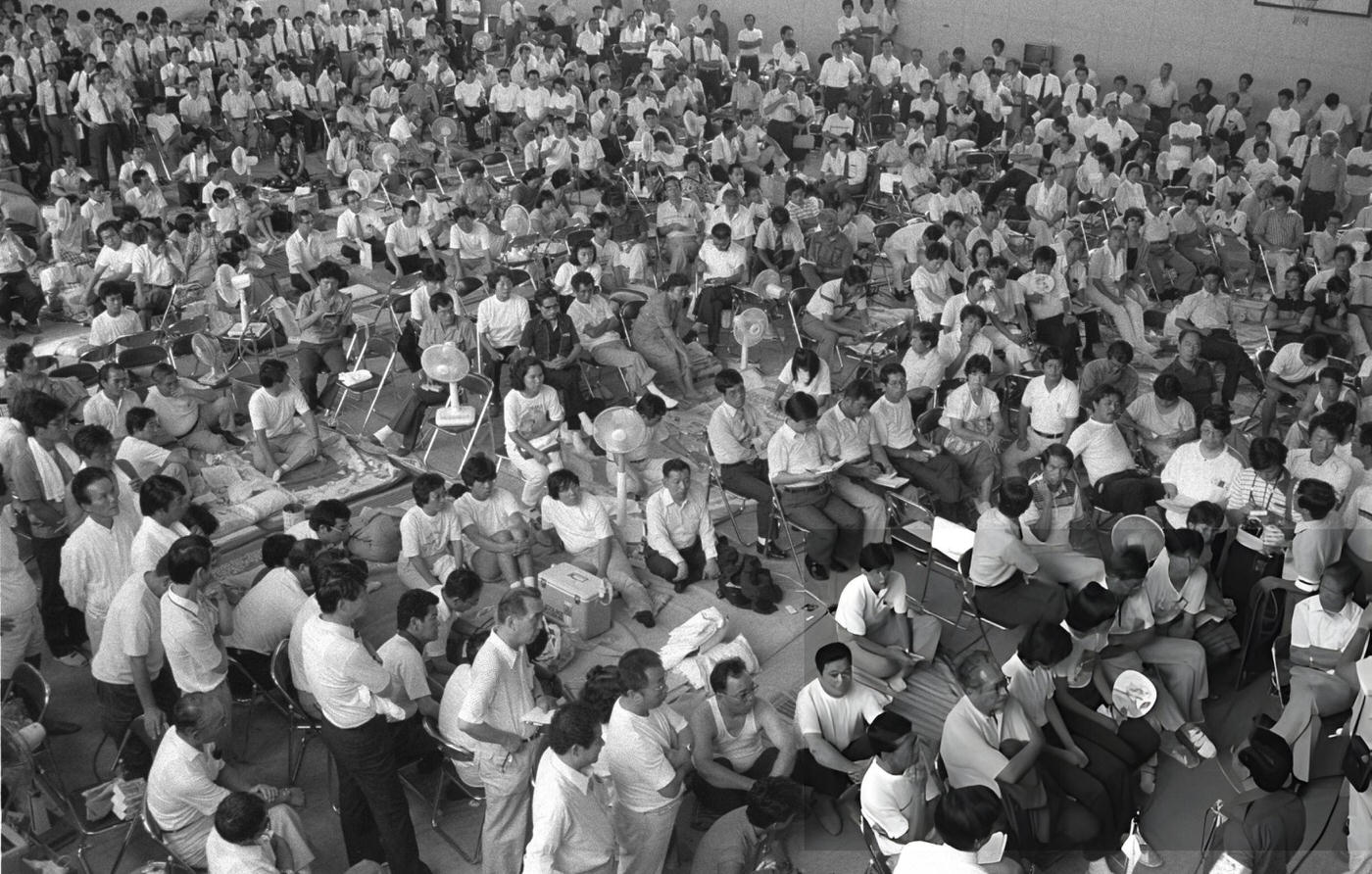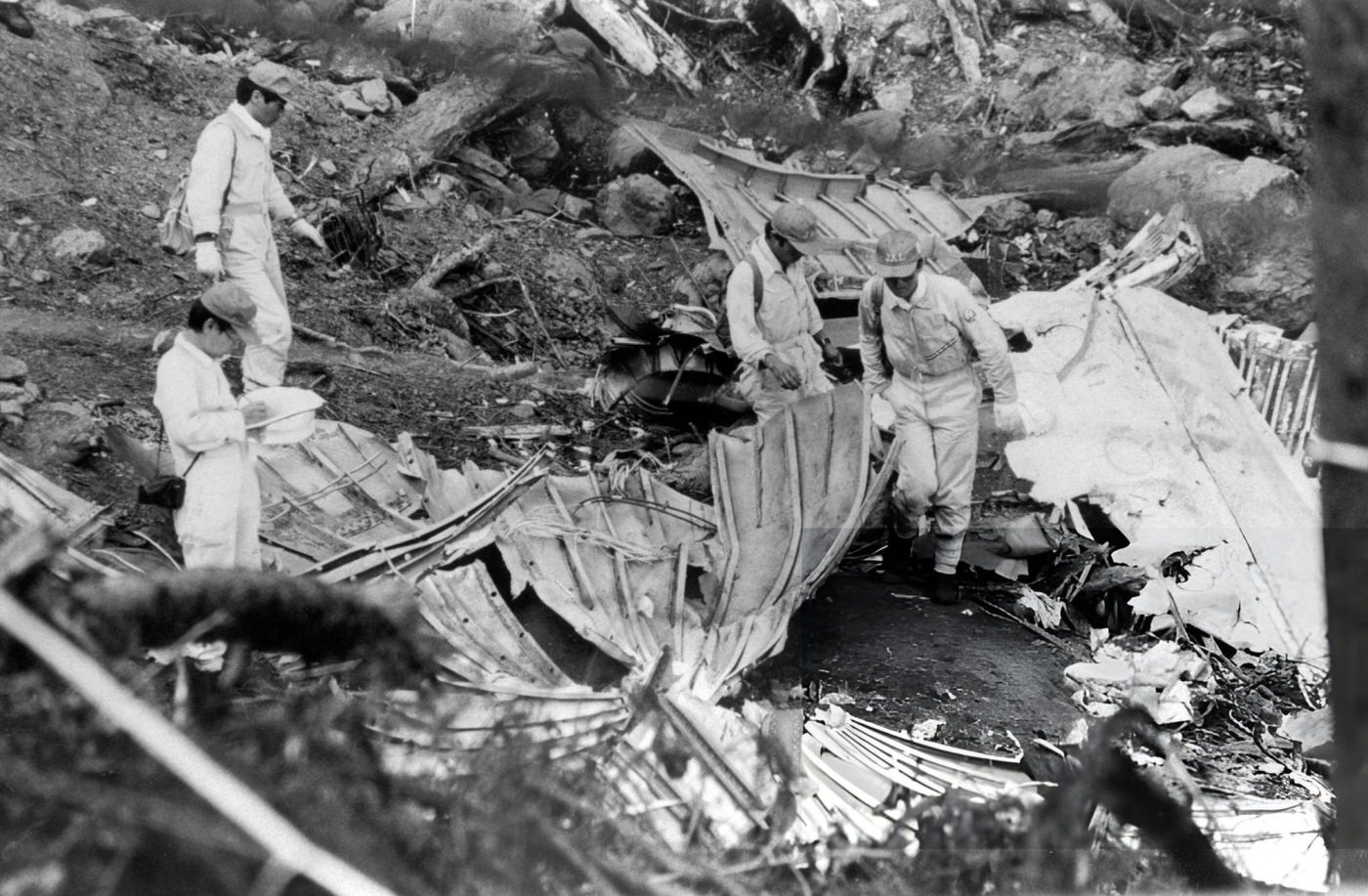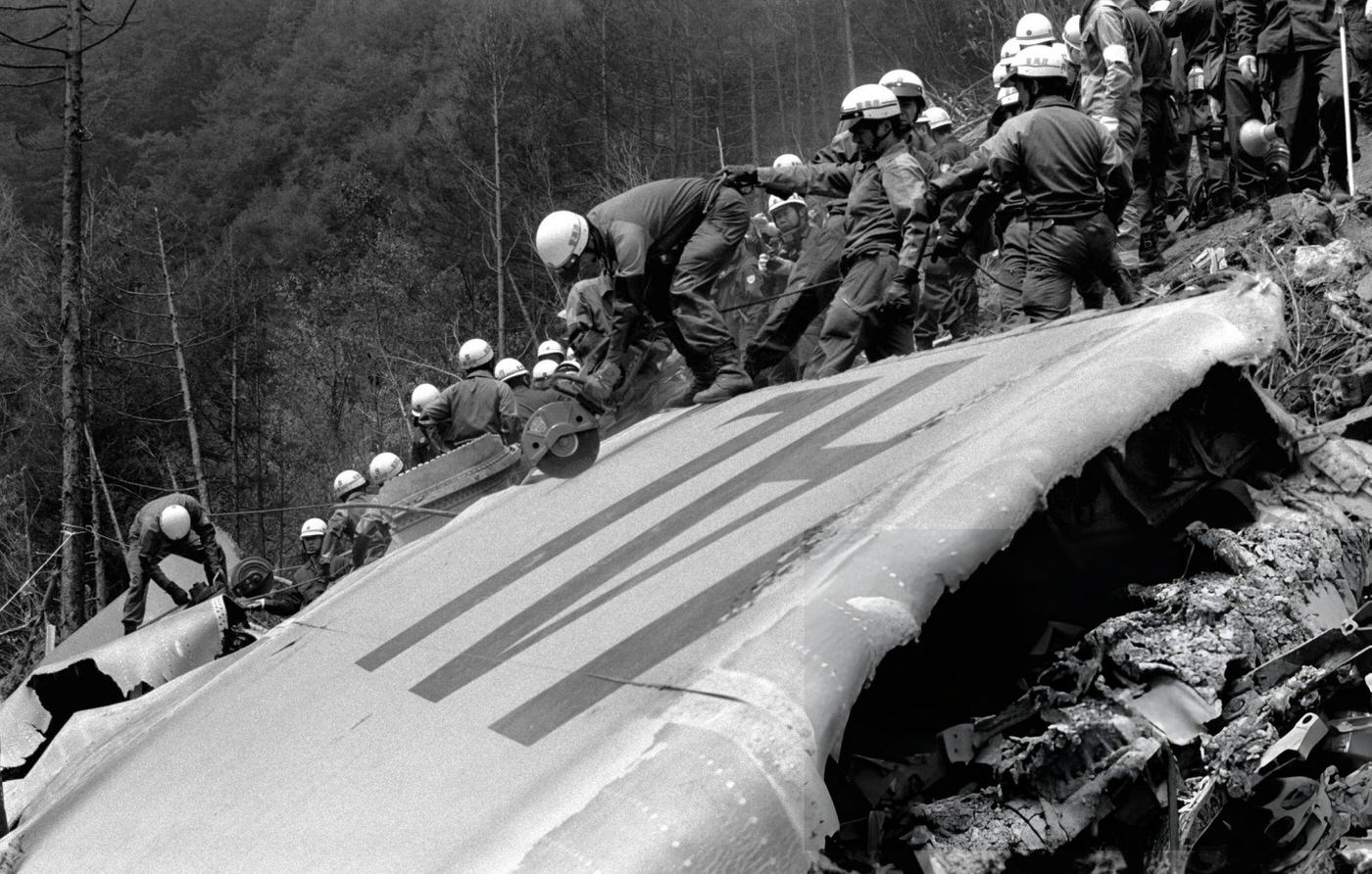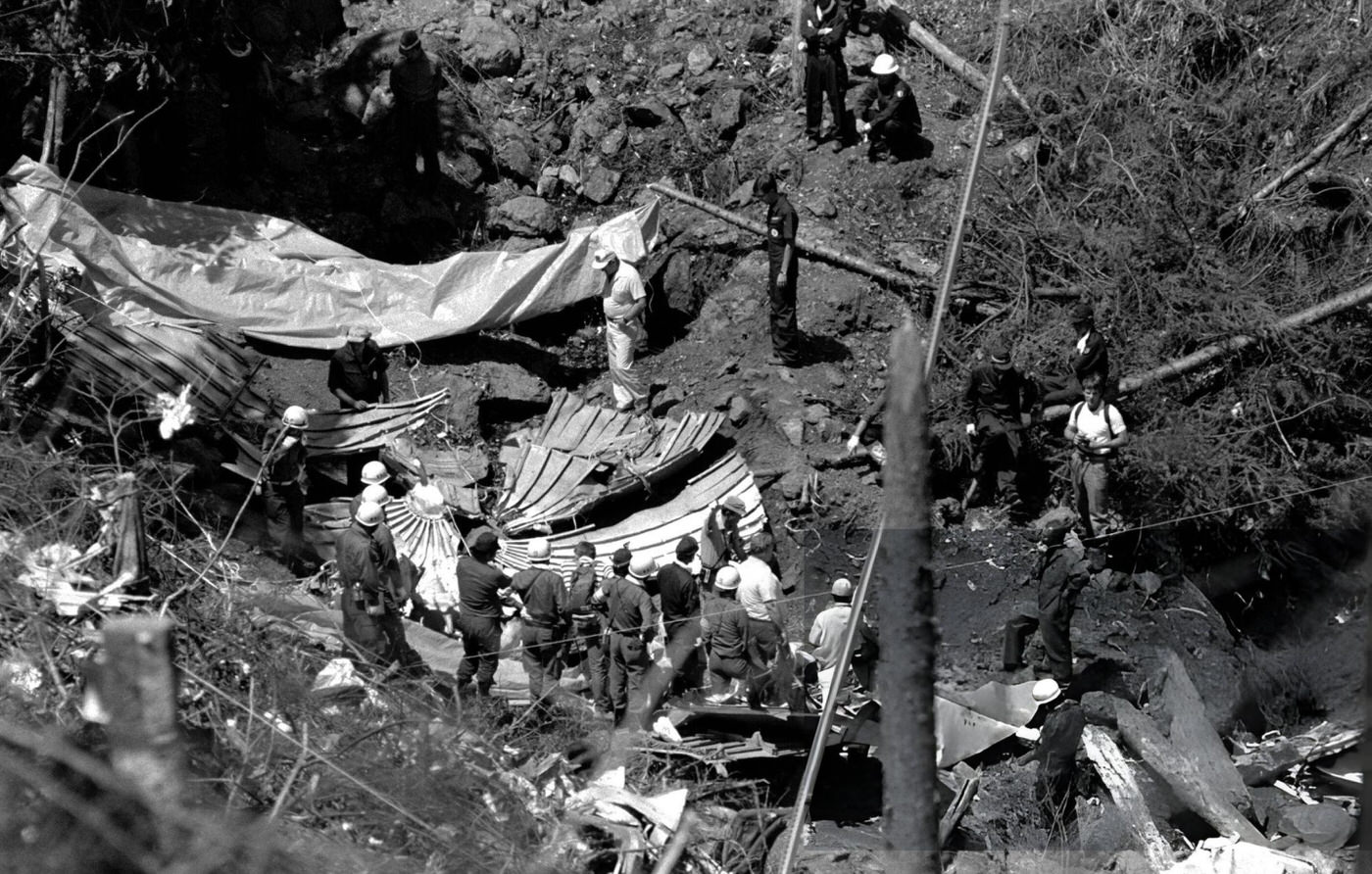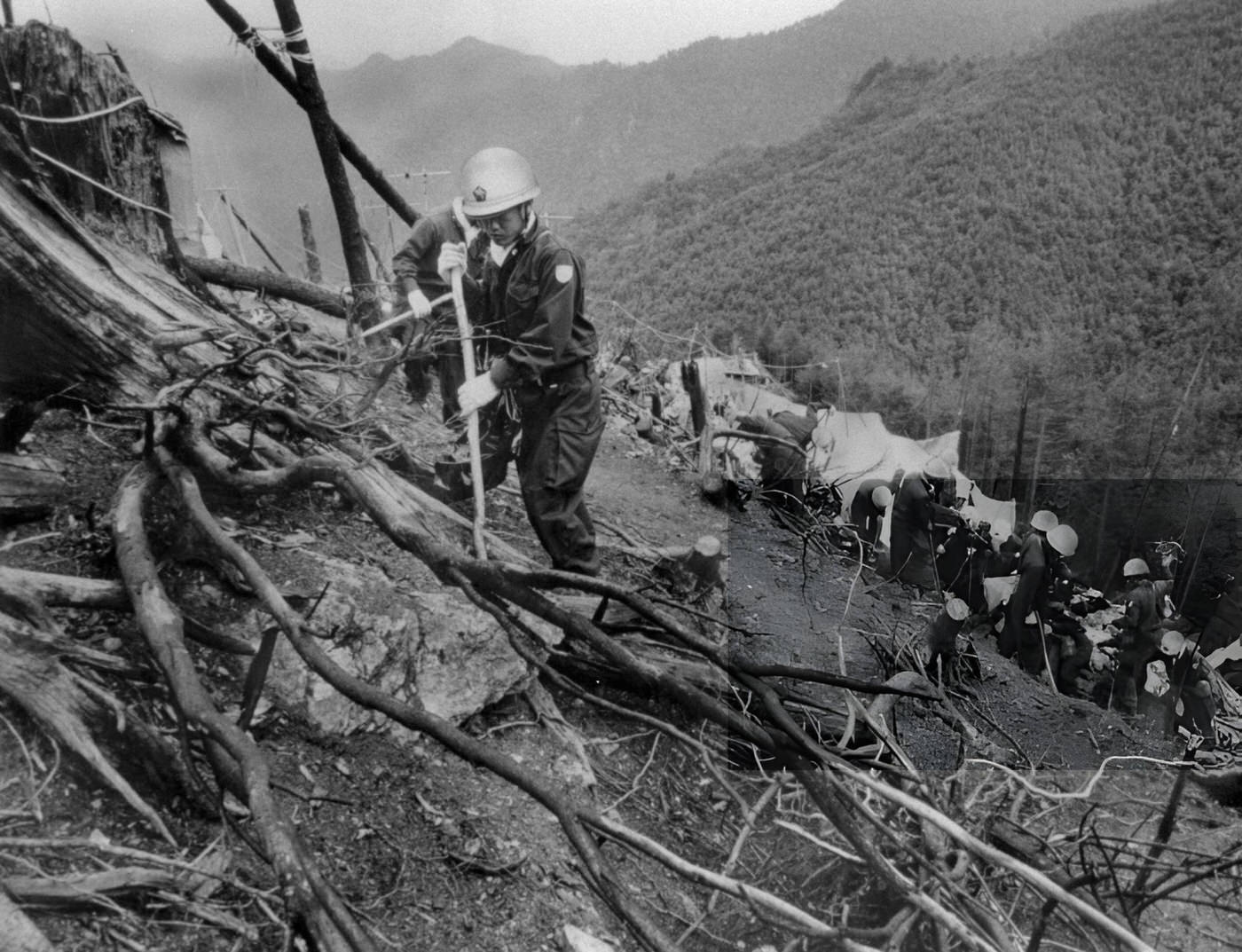Japan Air Lines Flight 123 was a routine domestic flight scheduled from Tokyo’s Haneda Airport to Osaka International Airport. On August 12, 1985, it became the site of the deadliest single-aircraft accident in aviation history. The Boeing 747SR, registered as JA8119, was carrying 524 passengers and crew members. Tragically, only four survived. This disaster is remembered not only for its scale but also for the human stories and the profound lessons it taught the aviation industry.
Japan Air Lines Flight 123 was piloted by Captain Masami Takahama, First Officer Yutaka Sasaki, and Flight Engineer Hiroshi Fukuda. The aircraft took off at 6:12 PM JST with a full load of passengers, many of whom were traveling for the Obon holiday, a time for family reunions. The mood on board was typical of a domestic flight, with passengers settling into their seats, chatting, reading, or napping.
The Catastrophic Failure
Shortly after takeoff, at 24,000 feet, an explosive decompression occurred. The rear pressure bulkhead, which had been improperly repaired following a tailstrike incident in 1978, failed. This failure caused a section of the tail to detach, which in turn severed all four hydraulic systems. Hydraulic systems are critical for controlling an aircraft’s ailerons, rudder, and elevators. Without them, the crew had almost no control over the plane.
The decompression led to the immediate loss of the vertical stabilizer and left the aircraft swaying wildly. The pilots, faced with an unprecedented situation, attempted to stabilize the aircraft using engine thrust alone. For 32 minutes, they fought to keep the plane aloft, communicating their dire situation to air traffic control while oscillating uncontrollably. Despite their efforts, the plane descended steadily towards the mountainous region of Gunma Prefecture.
At 6:56 PM, Flight 123 crashed into the slopes of Mount Takamagahara. The impact and the ensuing fireball were devastating, reducing the aircraft to a mass of twisted metal and debris scattered over a wide area. The crash site, located in a remote and rugged area, made immediate rescue efforts challenging. The severity of the crash meant that the chances of survival were slim.
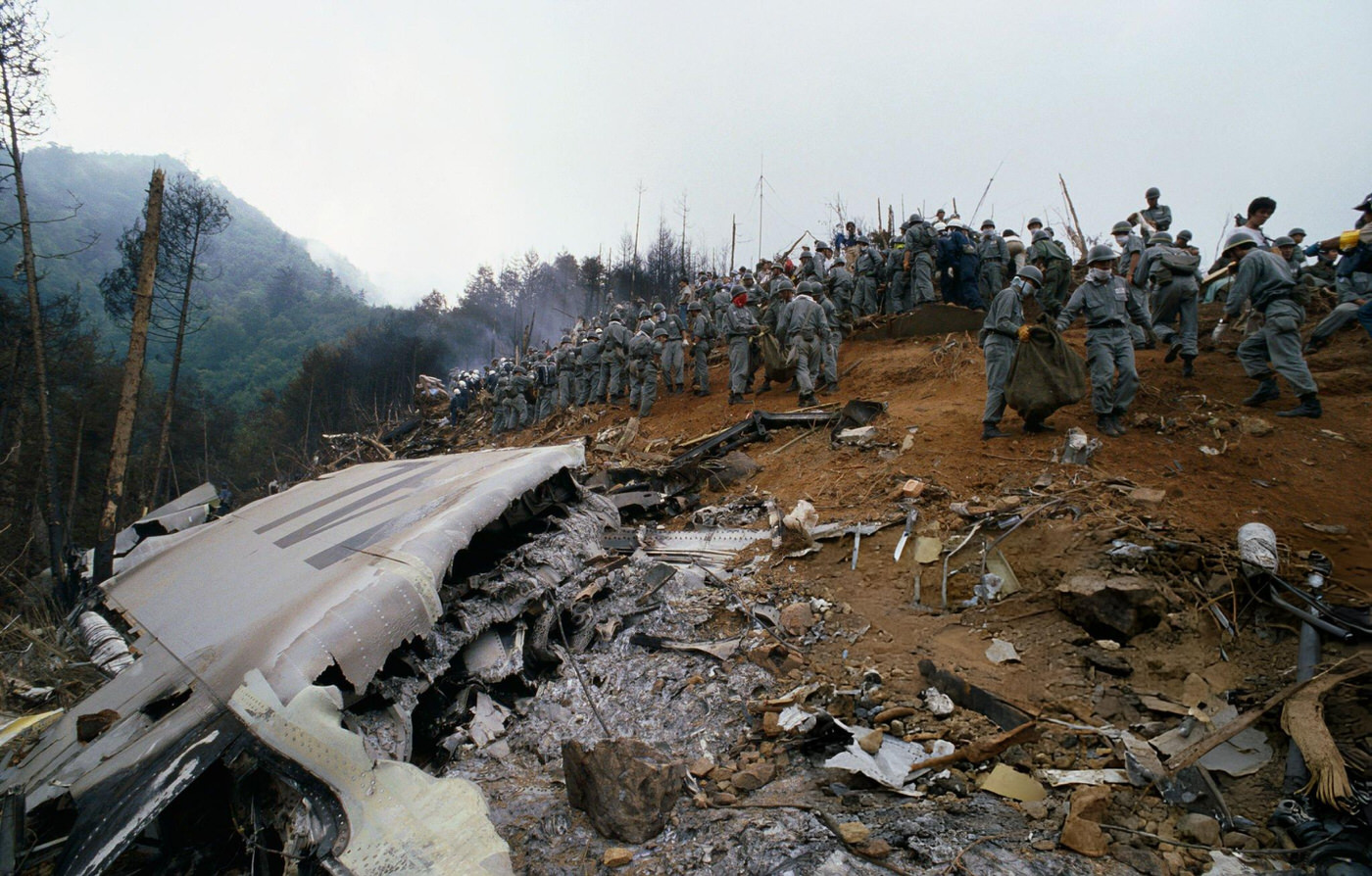
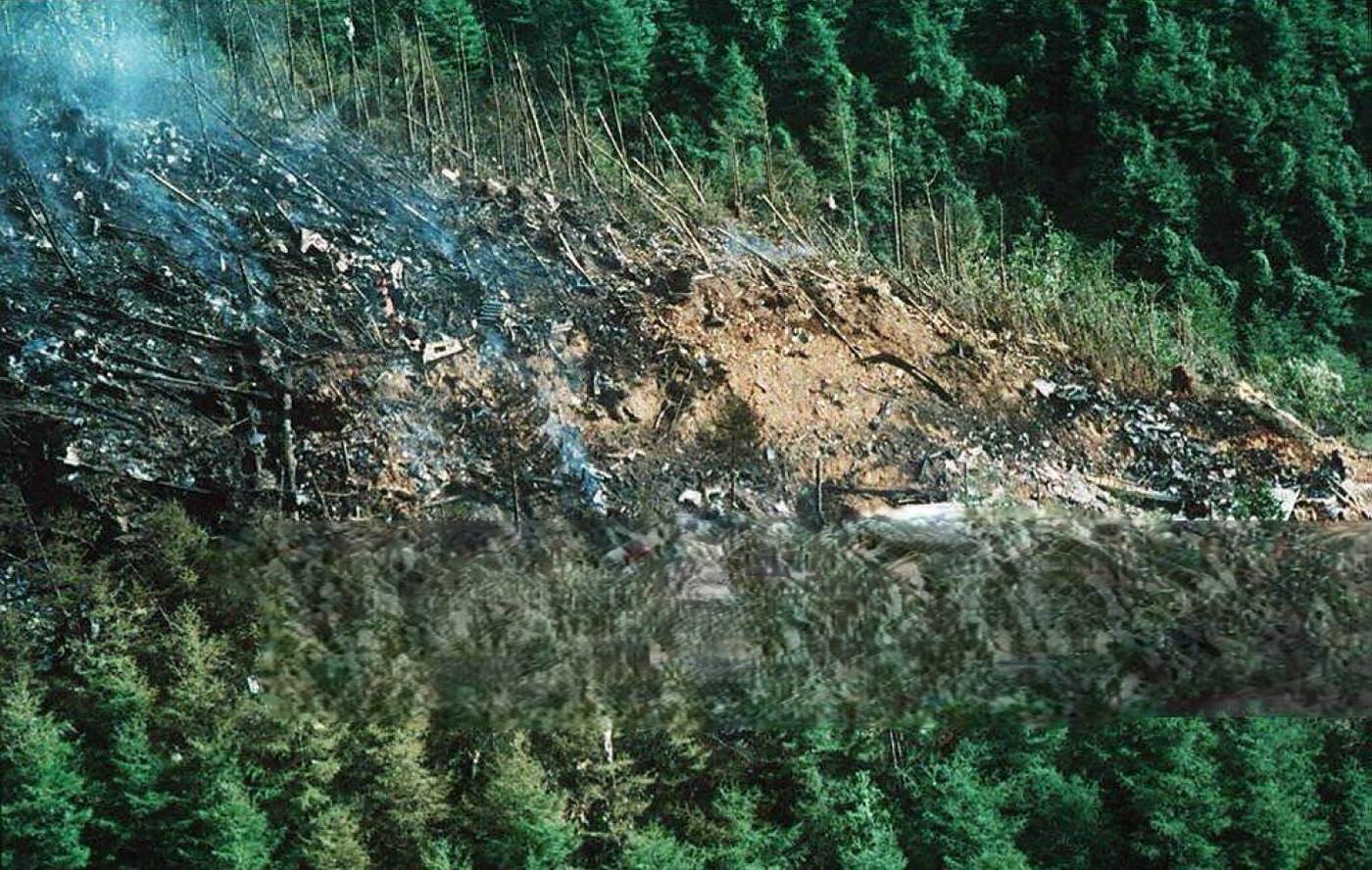
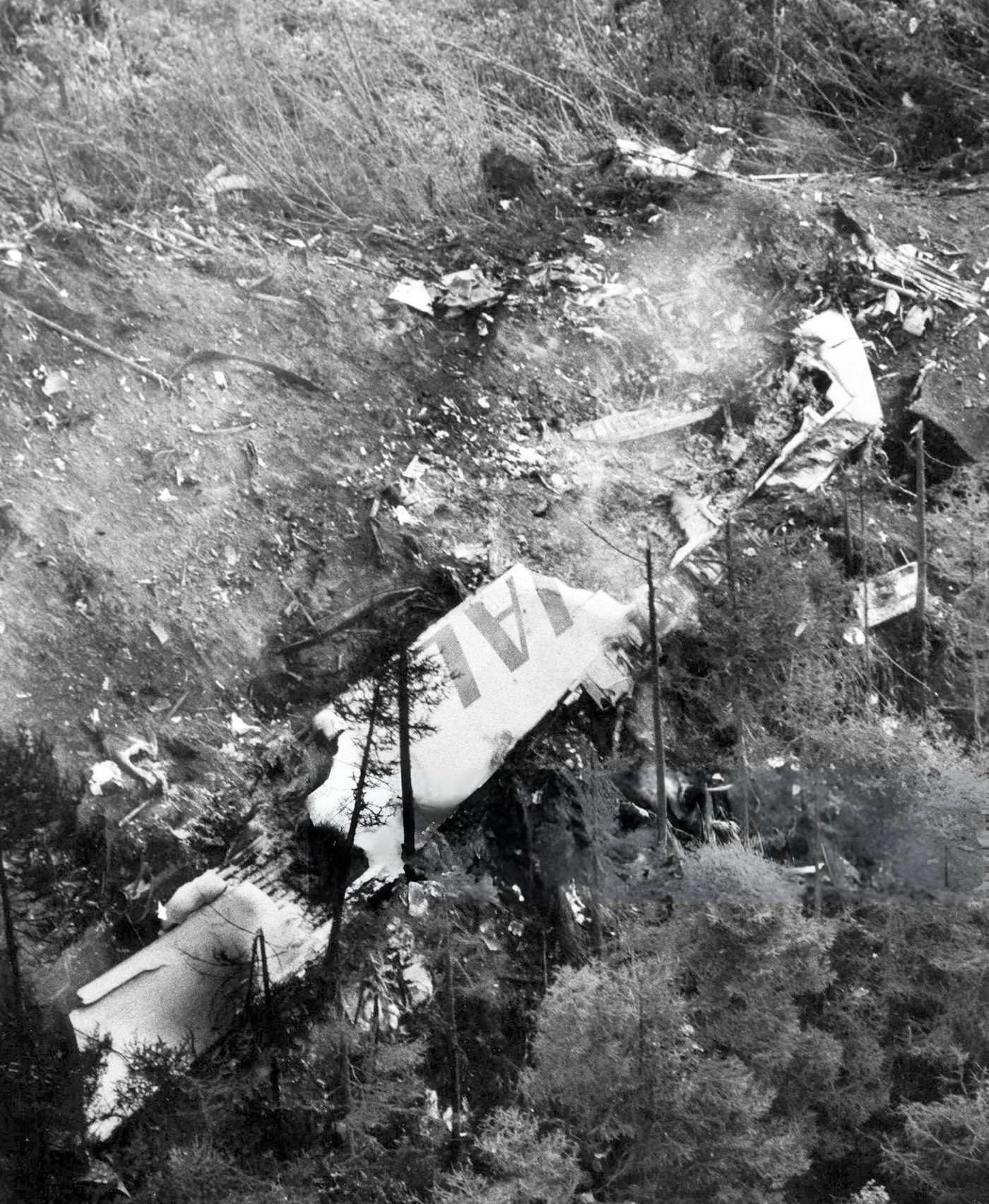
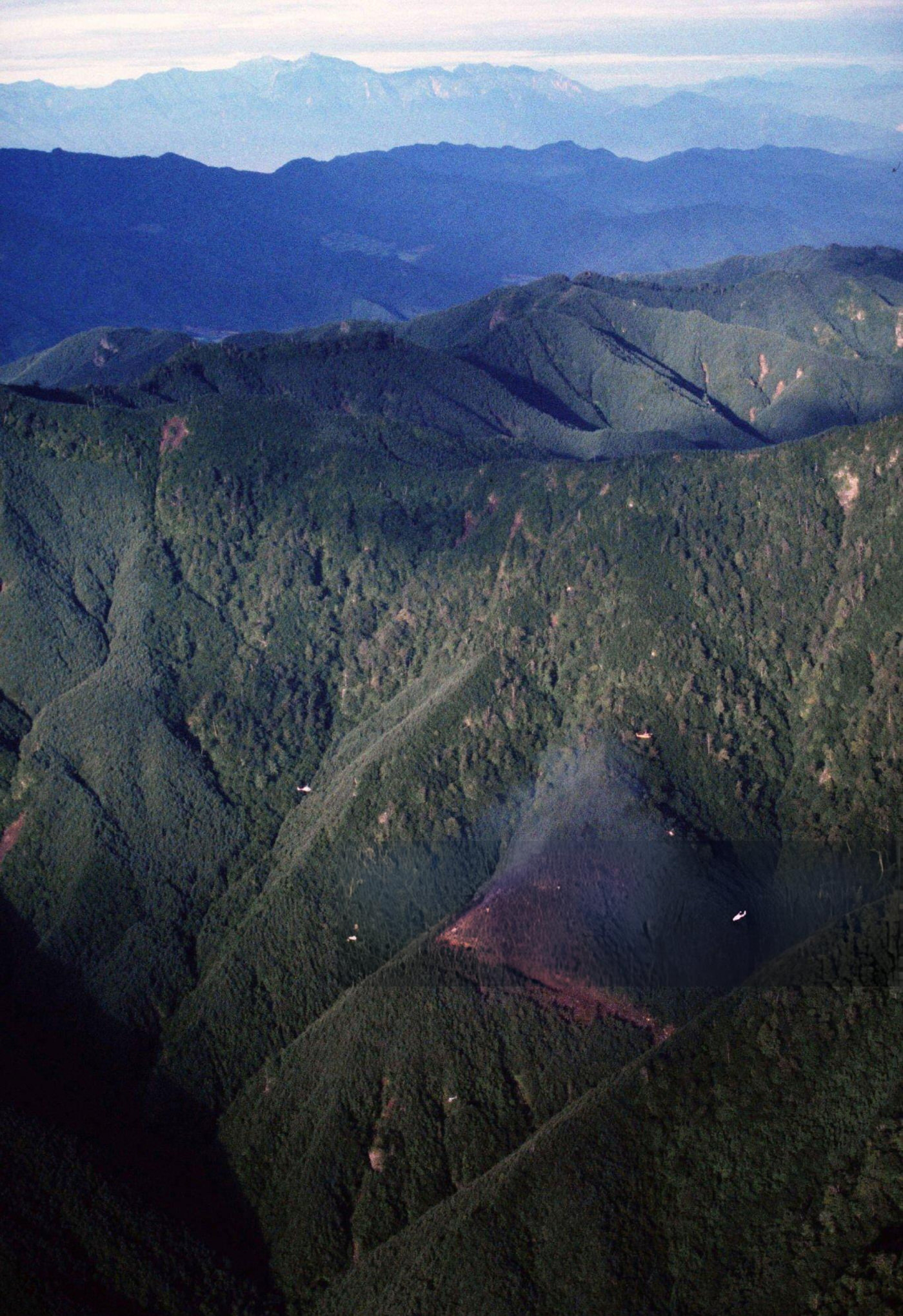
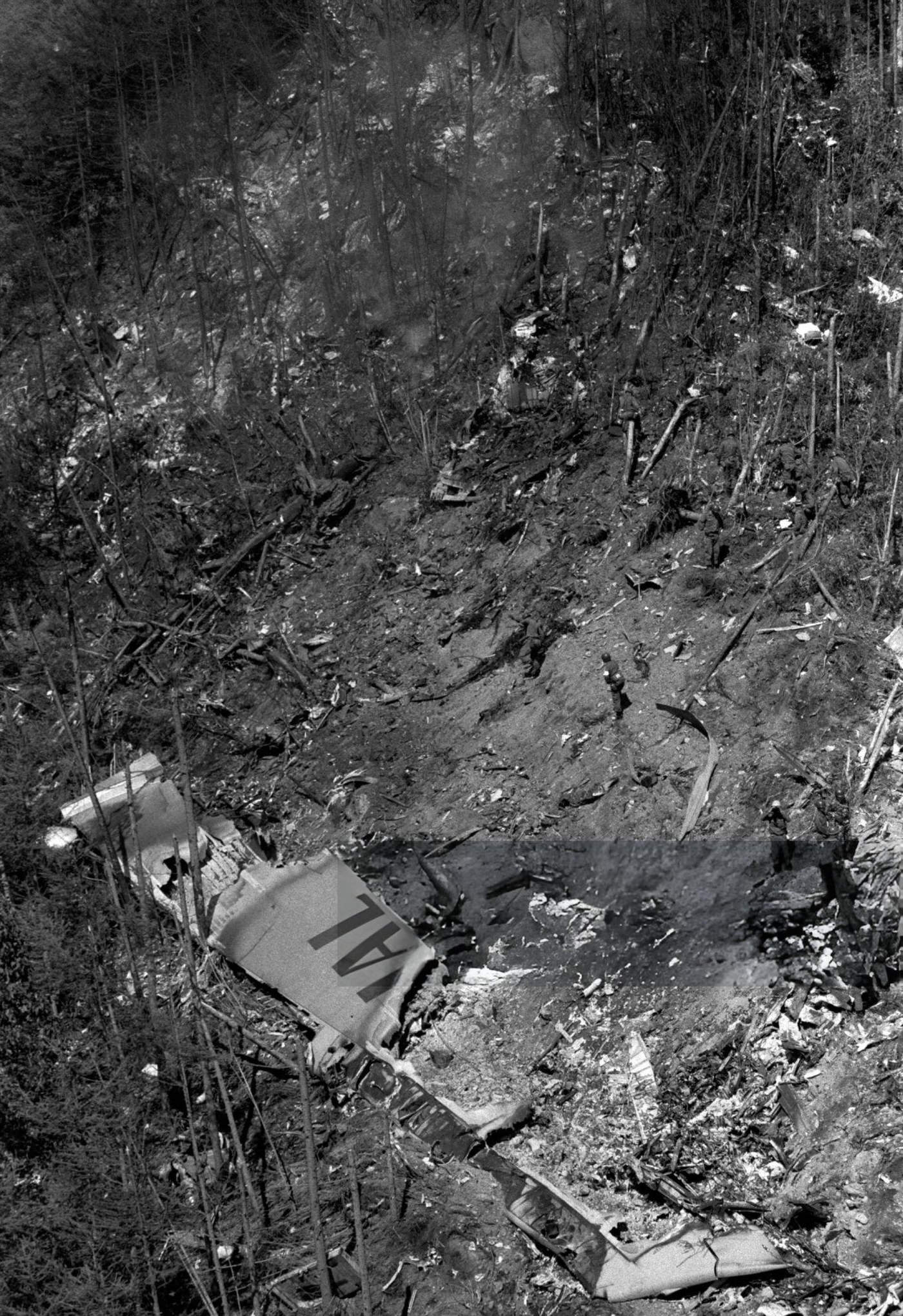
Rescue Efforts and Survivors
Initial rescue efforts were delayed due to poor visibility and the difficult terrain. It wasn’t until the following morning that rescue teams reached the site. They found a scene of utter devastation but also discovered four survivors: Yumi Ochiai, a flight attendant; Keiko Kawakami, a 12-year-old girl; and two young women, Hiroko Yoshizaki and Mikiko Yoshizaki. These survivors were found among the wreckage, suffering from injuries but alive. Their survival, amidst such destruction, was nothing short of miraculous and provided a glimmer of hope in an otherwise tragic event.
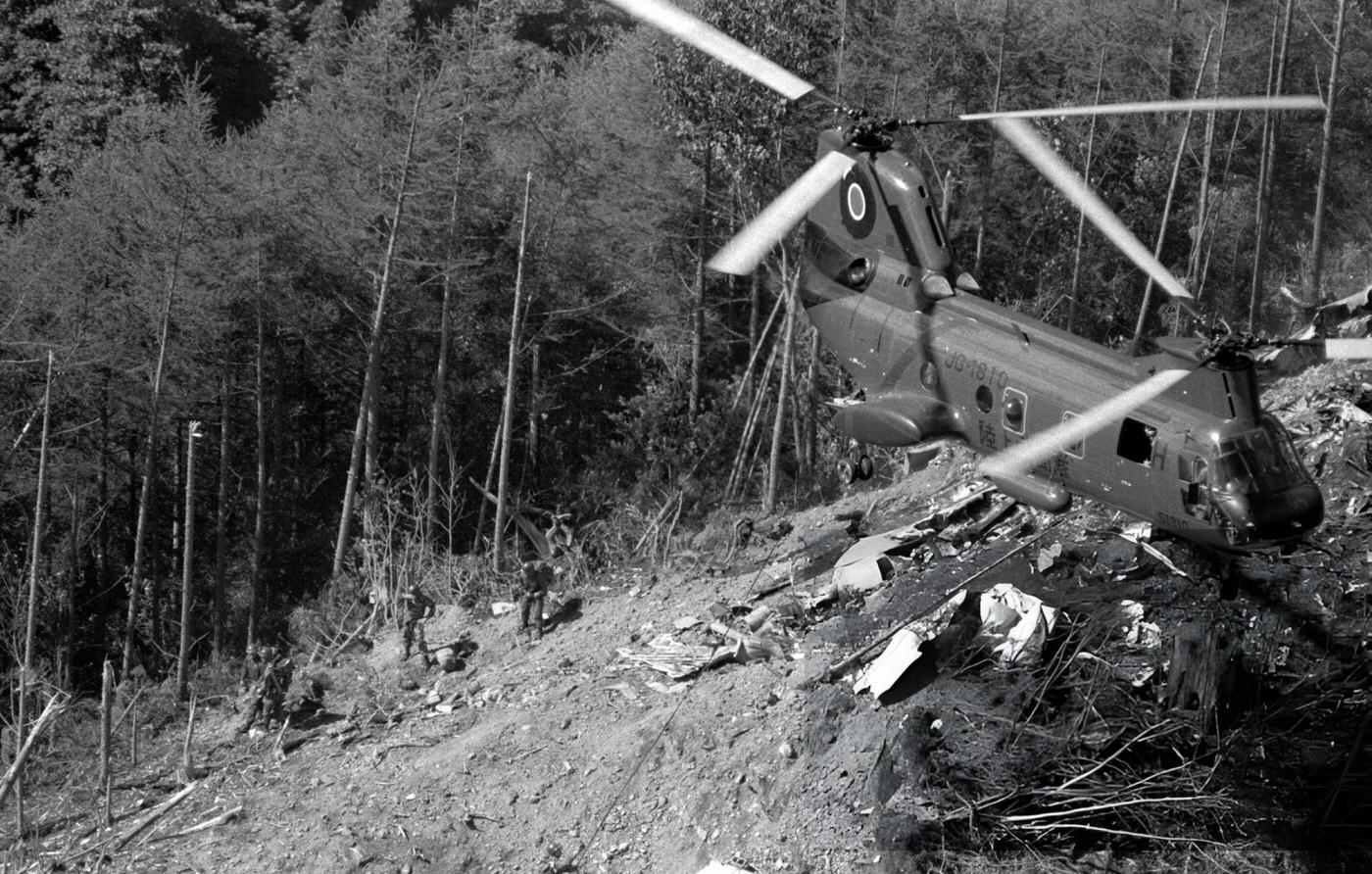
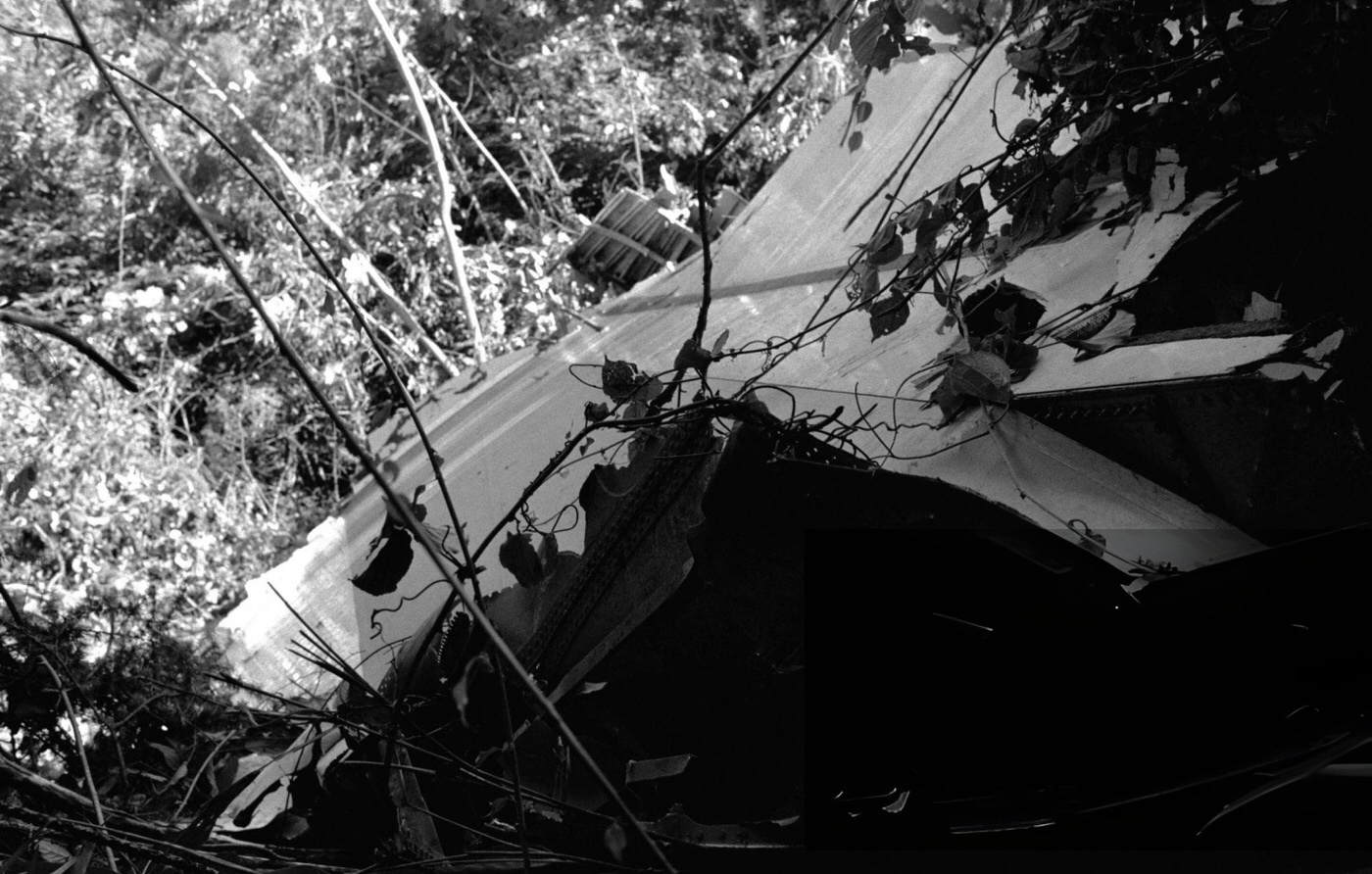
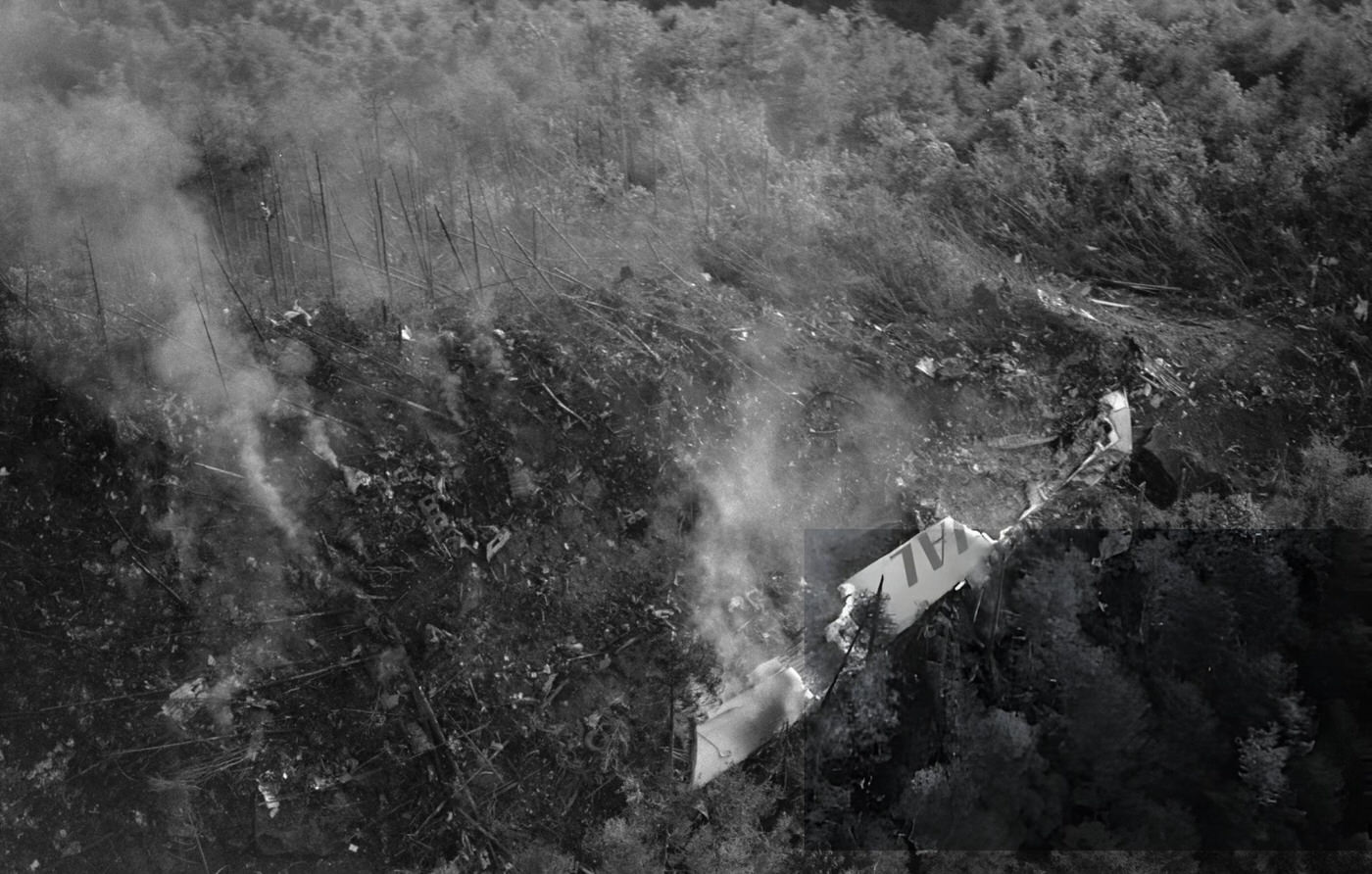
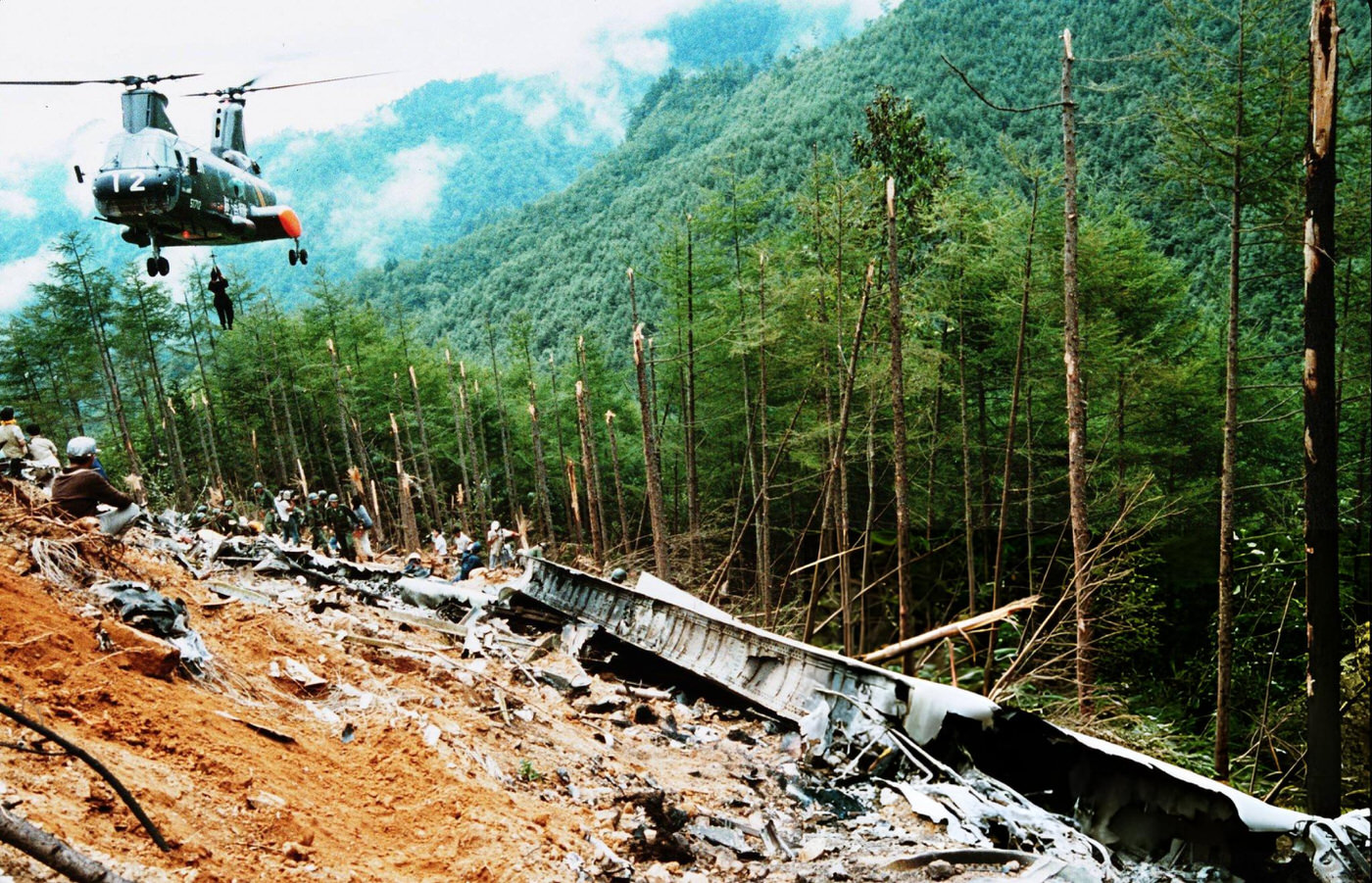
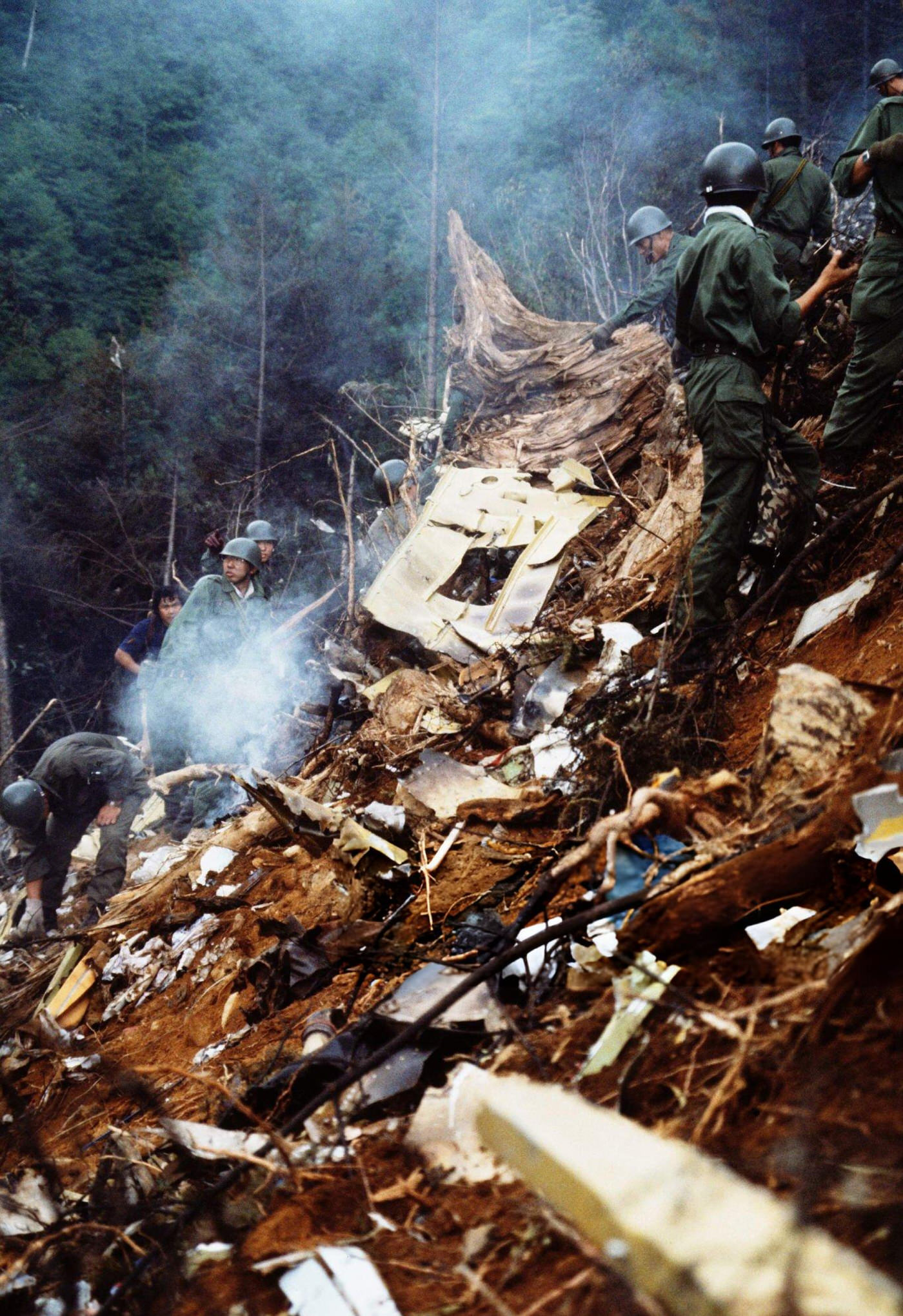
Investigation and Findings
The investigation into the crash was thorough and revealed multiple failures. The primary cause was the incorrect repair of the rear pressure bulkhead. After a tailstrike incident in 1978, Boeing technicians used a doubler plate to patch the damage, but the repair did not meet structural standards. The doubler plate was supposed to cover the entire damaged area, but it was cut into two pieces, reducing its effectiveness and leading to metal fatigue. This improper repair eventually caused the catastrophic failure during Flight 123.
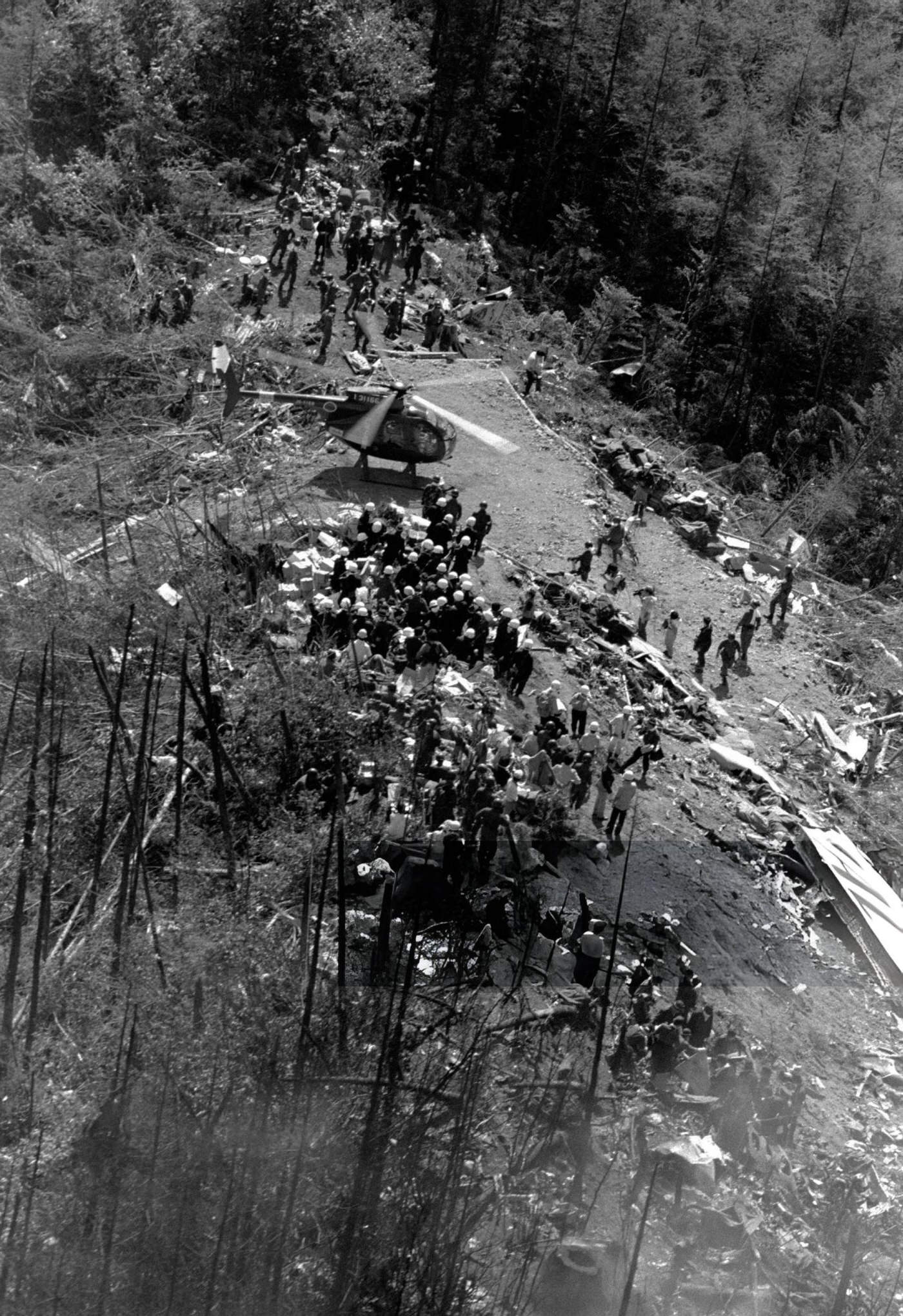
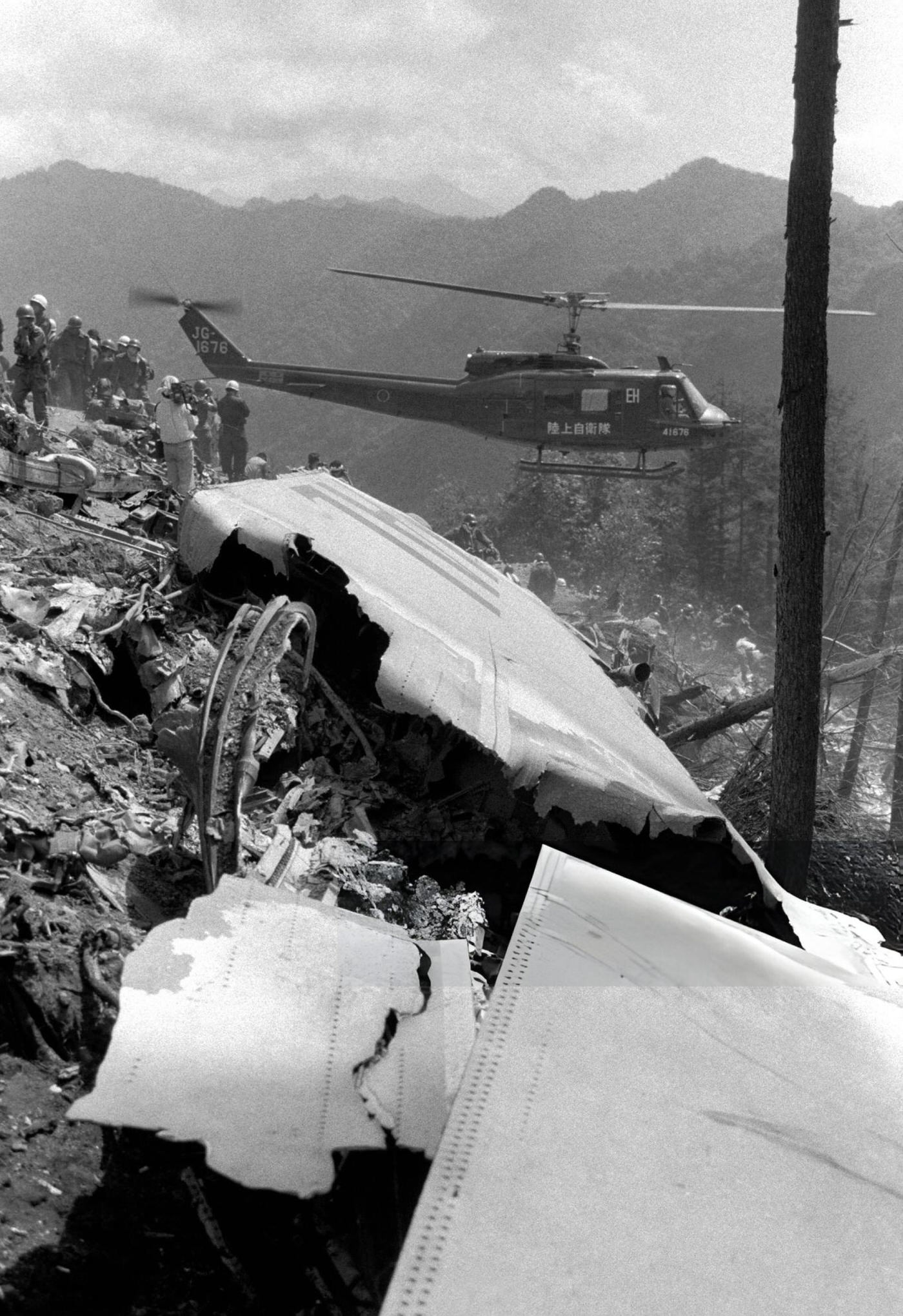
Furthermore, the investigation highlighted deficiencies in Japan Air Lines’ maintenance procedures and oversight. The airline had failed to detect the improper repair during regular maintenance checks. This oversight allowed the compromised bulkhead to remain in service, leading to the disaster. The delayed rescue efforts also raised questions about Japan’s emergency response capabilities, as many believe that more lives could have been saved with a swifter response.
For the families of the victims, the crash was an unimaginable tragedy. Many lost multiple family members, and the sudden, violent nature of the crash left deep emotional scars. Memorial services and monuments were erected to honor those who lost their lives, providing a place for families to grieve and remember.
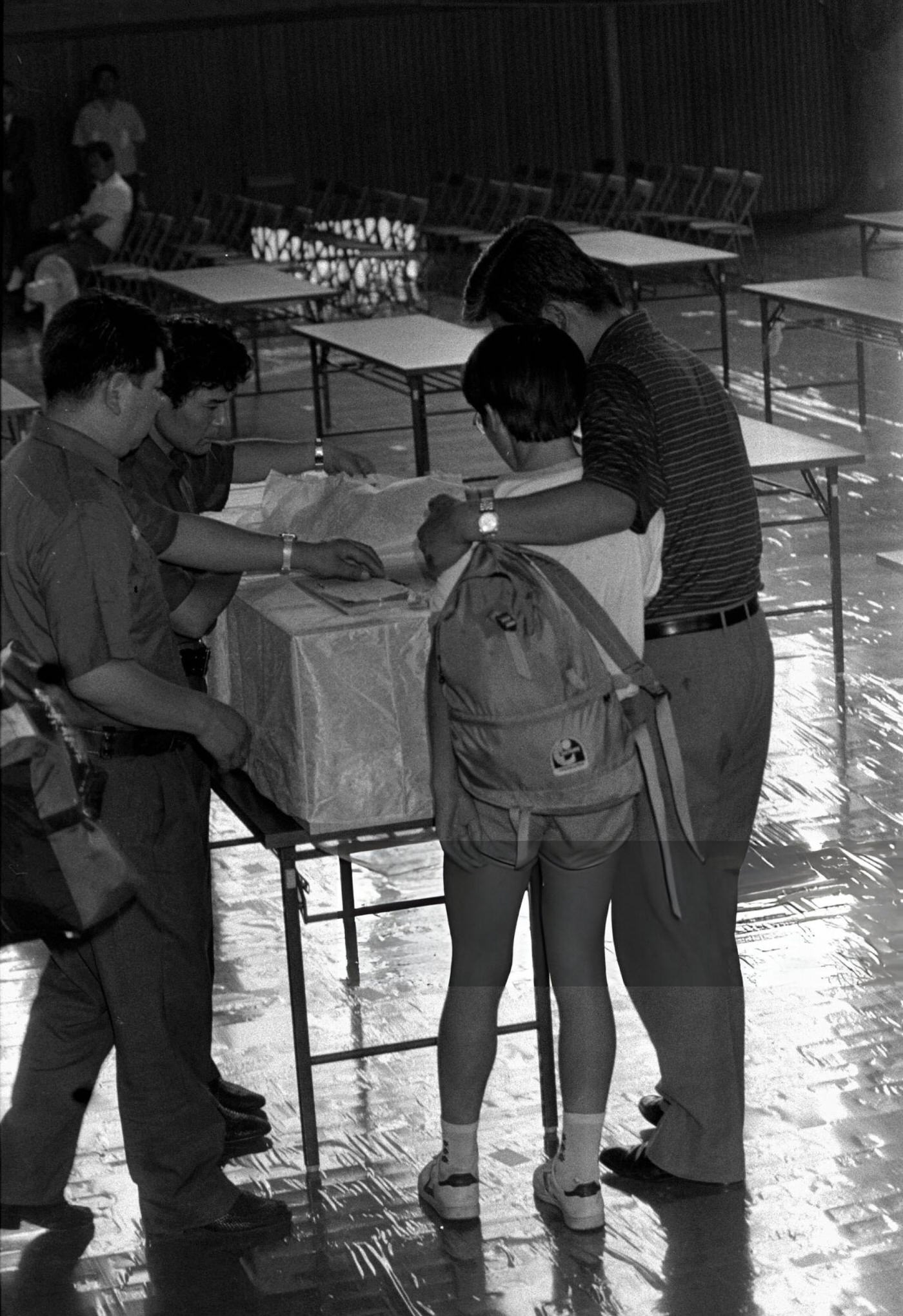
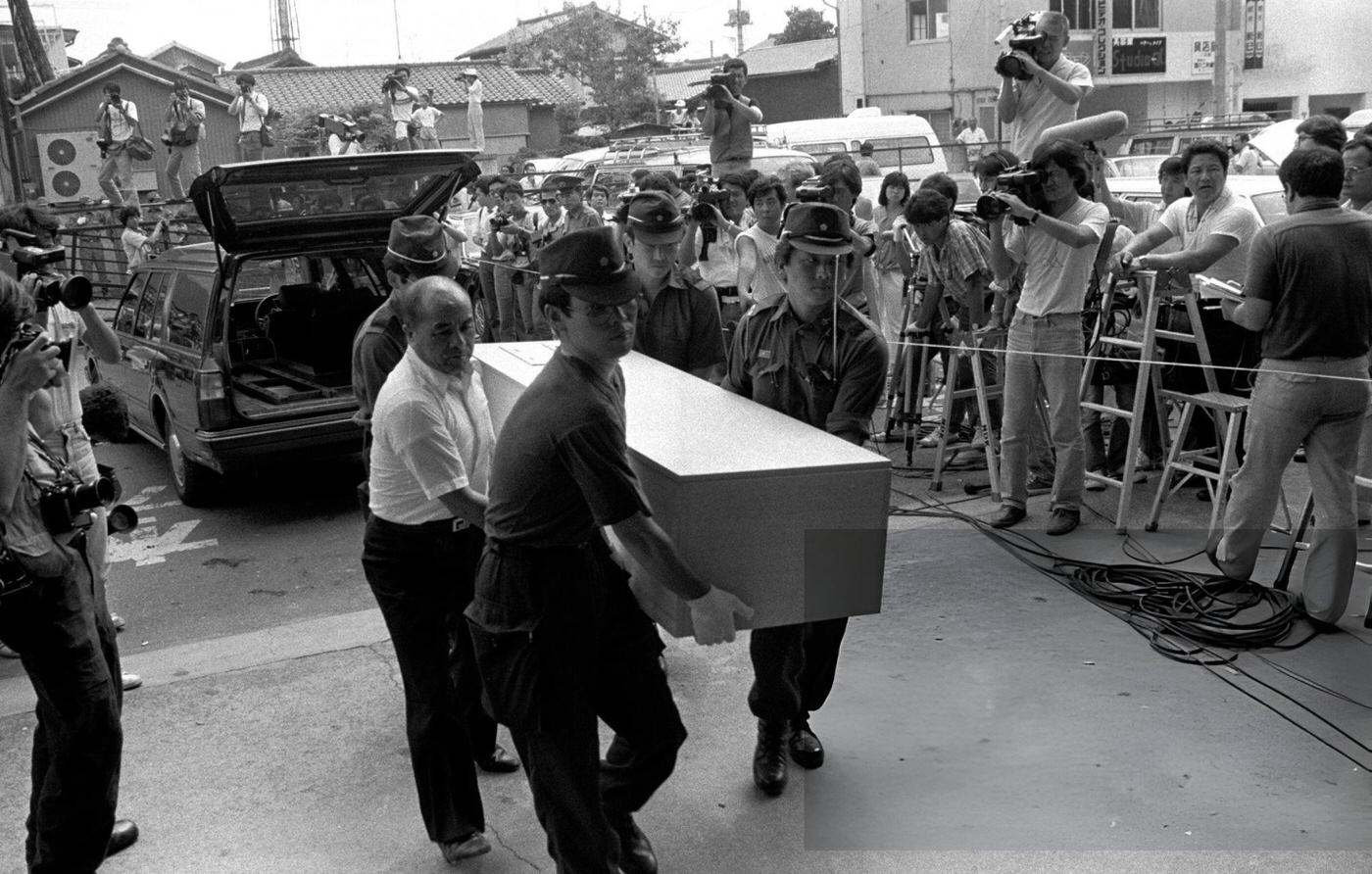
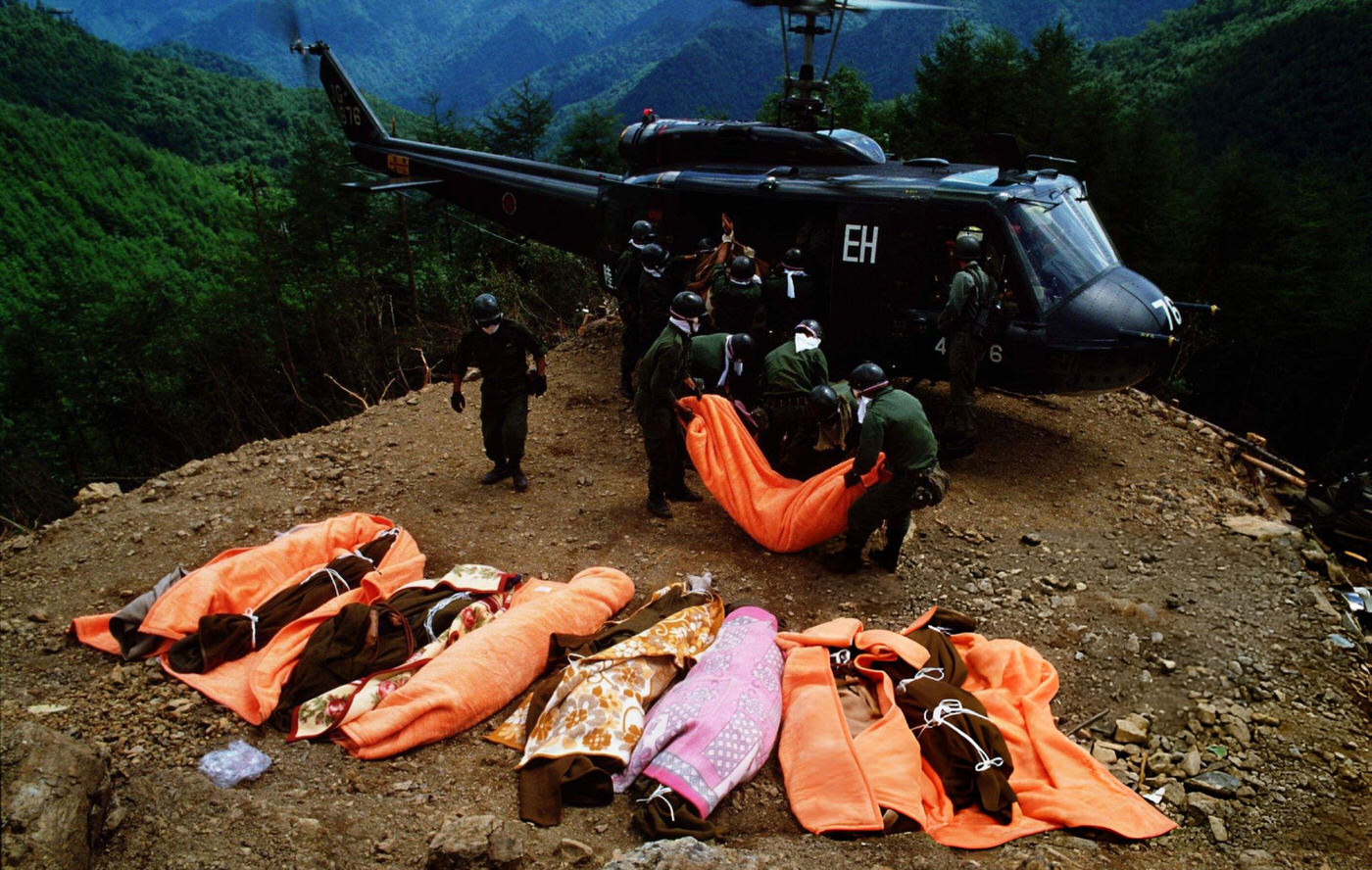
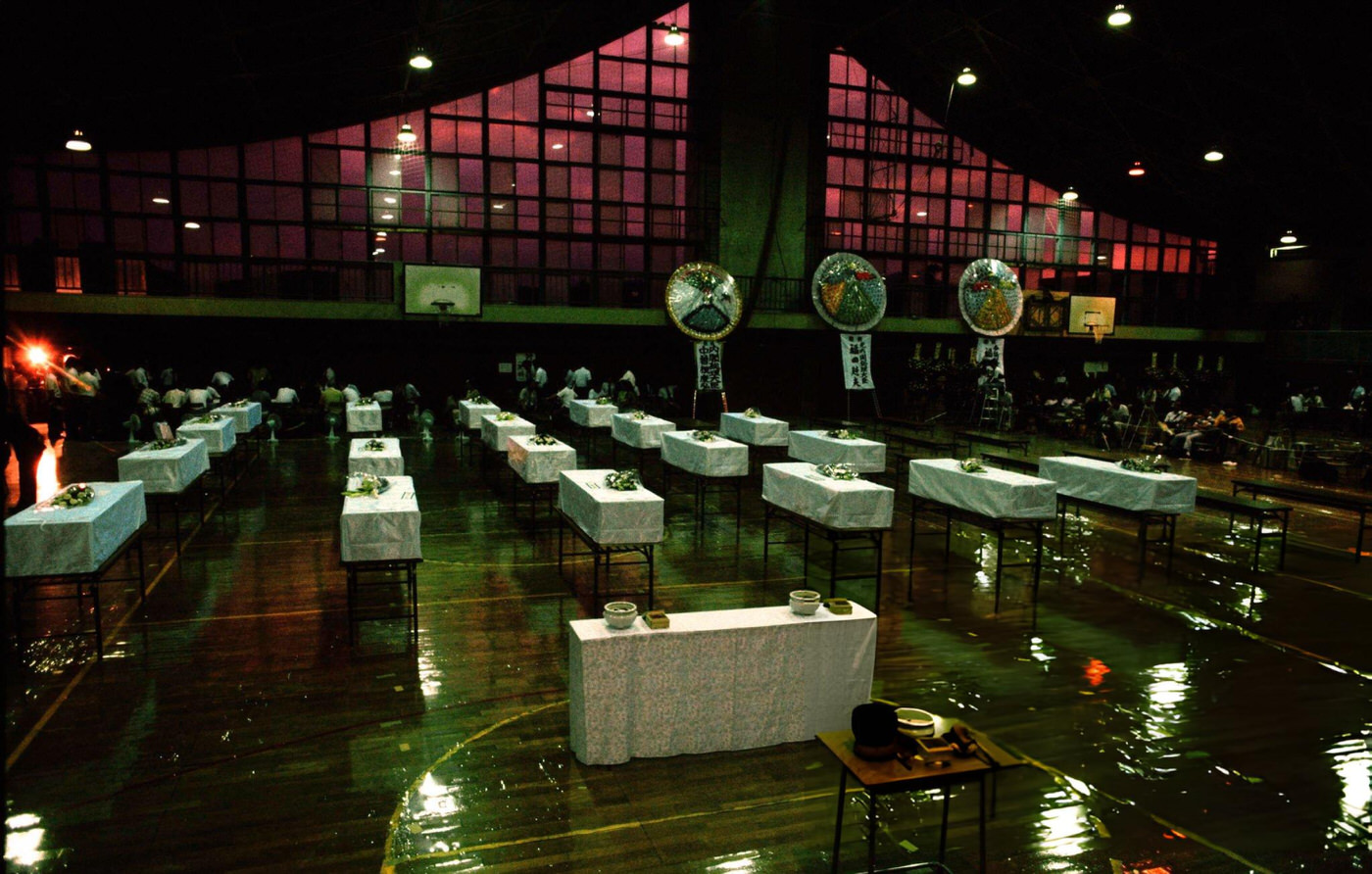
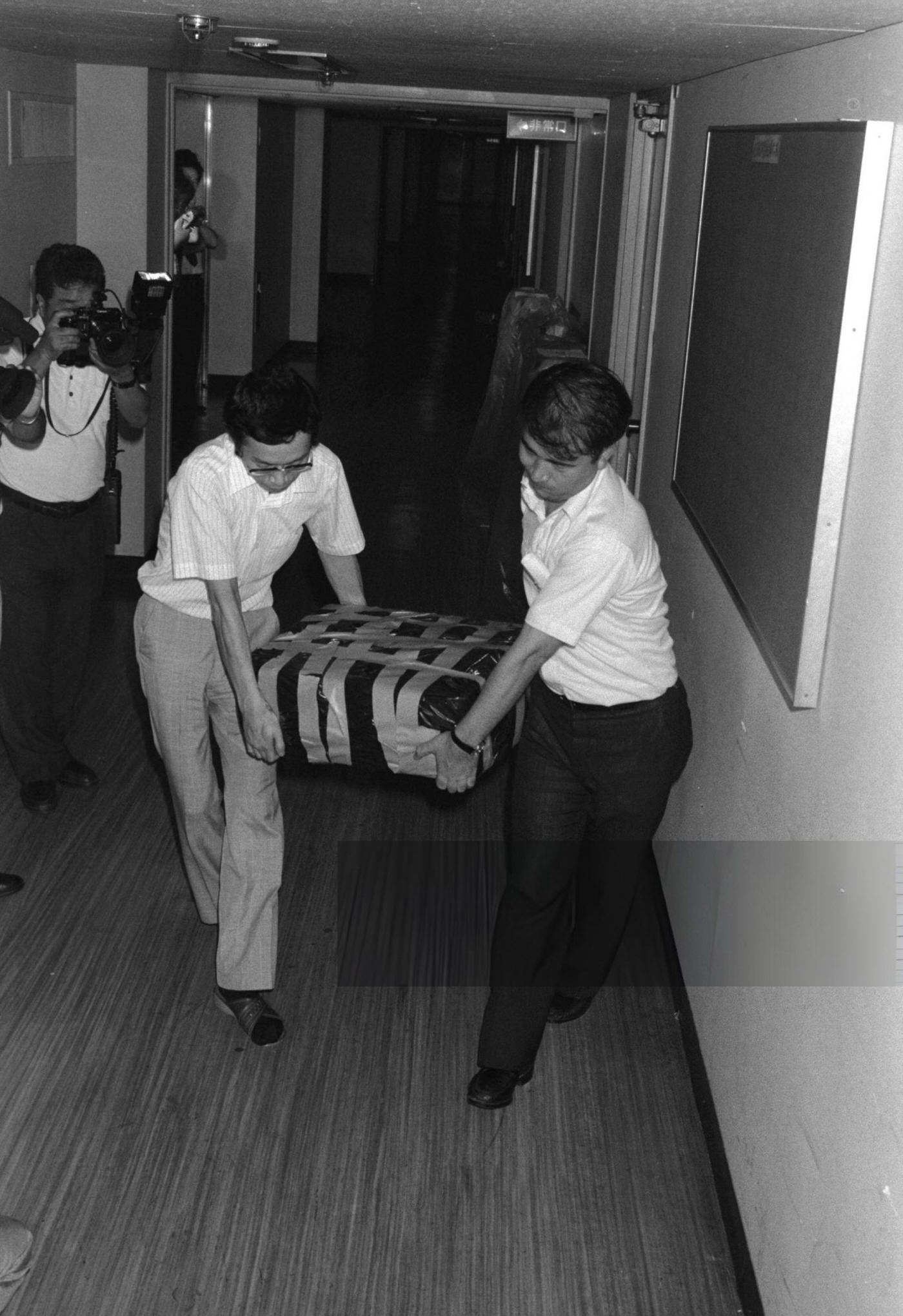
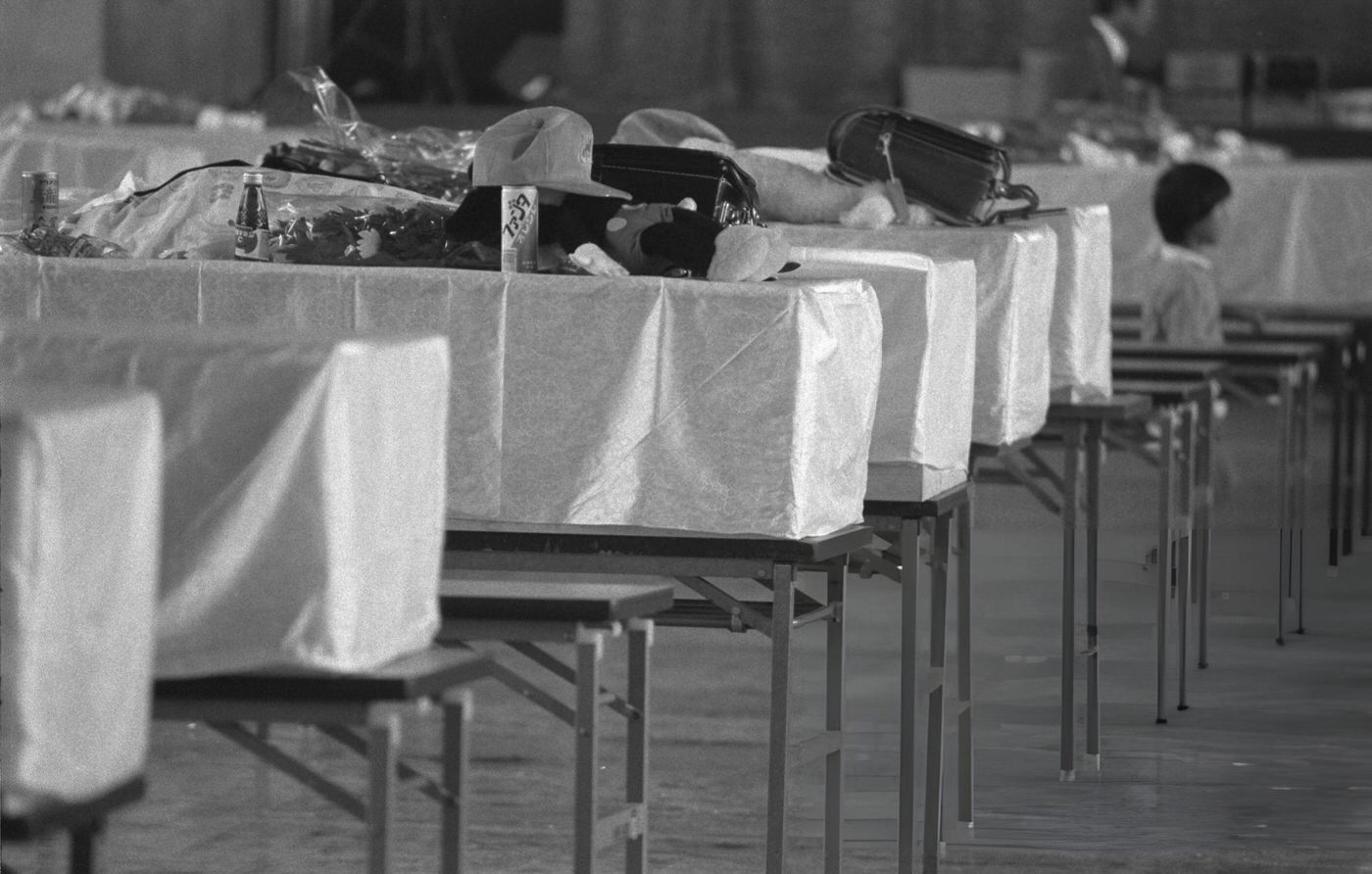
Boeing and other aircraft manufacturers reviewed and improved their repair and inspection procedures. The accident underscored the critical importance of adhering to maintenance standards and conducting thorough inspections. Airlines worldwide were reminded of their responsibility to ensure the airworthiness of their aircraft.
In response to the crash, Japan Air Lines implemented stricter maintenance protocols and enhanced training for their maintenance crews. The Japanese government also took steps to improve its emergency response capabilities, ensuring that rescue teams could reach crash sites more quickly and efficiently. These measures aimed to prevent a similar tragedy from occurring in the future.
Several documentaries and books were produced to tell the story of Flight 123. These works aimed to honor the victims and educate the public about the importance of aviation safety. The crash remains a significant event in Japanese history, remembered not only for its scale but also for the lessons it imparted.
In the years following the crash, several memorials have been established. A major monument stands near the crash site on Mount Osutaka, where annual ceremonies are held to honor the victims. Family members, friends, and even strangers visit these memorials to pay their respects and reflect on the lives lost. These sites have become places of pilgrimage, where people come to remember and find solace.
